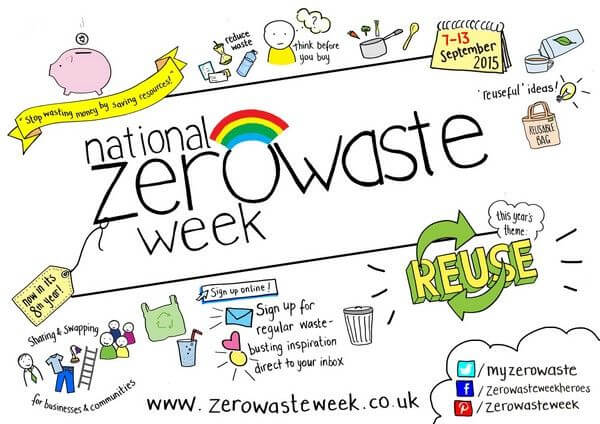The green revolution, at first maybe this phrase sounds like an environmental movement. However, in fact, this revolution has caused a lot of environmental degradation worldwide. The green revolution is defined as the modernization of global agriculture between the 1950s and 1960s aimed to increase food production and stop malnutrition. The green revolution transforms traditional agriculture into modern agriculture by promoting high-yielding varieties of crops. Although the green revolution has succeeded in improving food production at a certain period, it also creates a catastrophic impact on our environment. Many environmentalists believe that the green revolution has contributed to biodiversity loss and environmental degradation.
The beginning of the green revolution is often linked to Norman Borlaug’s invention. In the 1940s, he began to develop a high-yielding variety of wheat in Mexico. By producing a high-yielding variety of wheat with mechanized technology and the intensive use of synthetic fertilizers and pesticides, Mexico can improve its wheat productions. In the two decades, this wheat importer country became a wheat exporter. Since then, the green revolution started to spread to other countries, including Indonesia.
The green revolution in Indonesia began during the new order era through the Bimbingan Massal (Massive Guidance) Program and Panca Usaha Tani (5 Pillars of Farming). 5 Pillars of farming consists of (1) the use of high-yielding varieties (2) the use of fertilizers (3) the elimination of pests and diseases (4) irrigation and (5) better cultivation. The Massive Guidance Program was then developed into the Massive Intensification Program. With this program, the government of Indonesia provided subsidies for high-yielding varieties of seeds, synthetic fertilizers and pesticides, and other mechanized technologies. In this era, Indonesia increased its rice production and became self-sufficient.
How the Green Revolution Contributes to Biodiversity Loss and Environmental Degradation
High-yielding varieties of seeds used in the green revolution are developed by scientists through selective breeding. It aims to improve food production. High-yielding varieties of seeds can produce up to ten more crops than local seeds. Before the green revolution, traditional farmers used local or heirloom seeds for their farms. Since the green revolution, local or heirloom seeds have started to go extinct. Furthermore, during the green revolution, most farmers are encouraged to produce one single crop known as monoculture. Asides from that, high-yielding varieties of seeds require synthetic fertilizers and pesticides to grow. As a result, it degrades soil fertility and makes pests more resistant because of mutation.
The modernization of agriculture also has an impact on farmers’ lives. Farmers become more dependent on high-yielding varieties of seeds, synthetic fertilizers, and pesticides. Moreover, most farmers also face new challenges during the climate crisis because of water scarcity and drought. Consequently, they need to give more treatment to their farm and increase their production costs. However, most small-holder farmers cannot afford this production cost; hence, they often try to borrow money from a moneylender. In India, many farmers are stuck in poverty. A lot of them are decided to commit suicide. In 2019, for instance, at least there are 10.281 people involved in the agricultural sector committed suicide.
Restoring the Ecosystem through Sustainable Consumption and Production

The green revolution has made farmers dependent on modern agriculture and reluctant to switch to more sustainable agriculture because it is not financially efficient. However, now some environmental activists and farmers such as Vandana Shiva, Young-sang Cho, Fukuoka, etc. start to promote agroecology as a form of resistance towards the green revolution. Young-sang Cho, for instance, develops an organic farming technique with lower production costs.
As consumers, we can also help restore the ecosystem starting from our plates, such as consuming local food, composting leftovers at home, growing our own food, and starting to find out where our food comes from. All these initiatives would indirectly support sustainable consumption and production.





